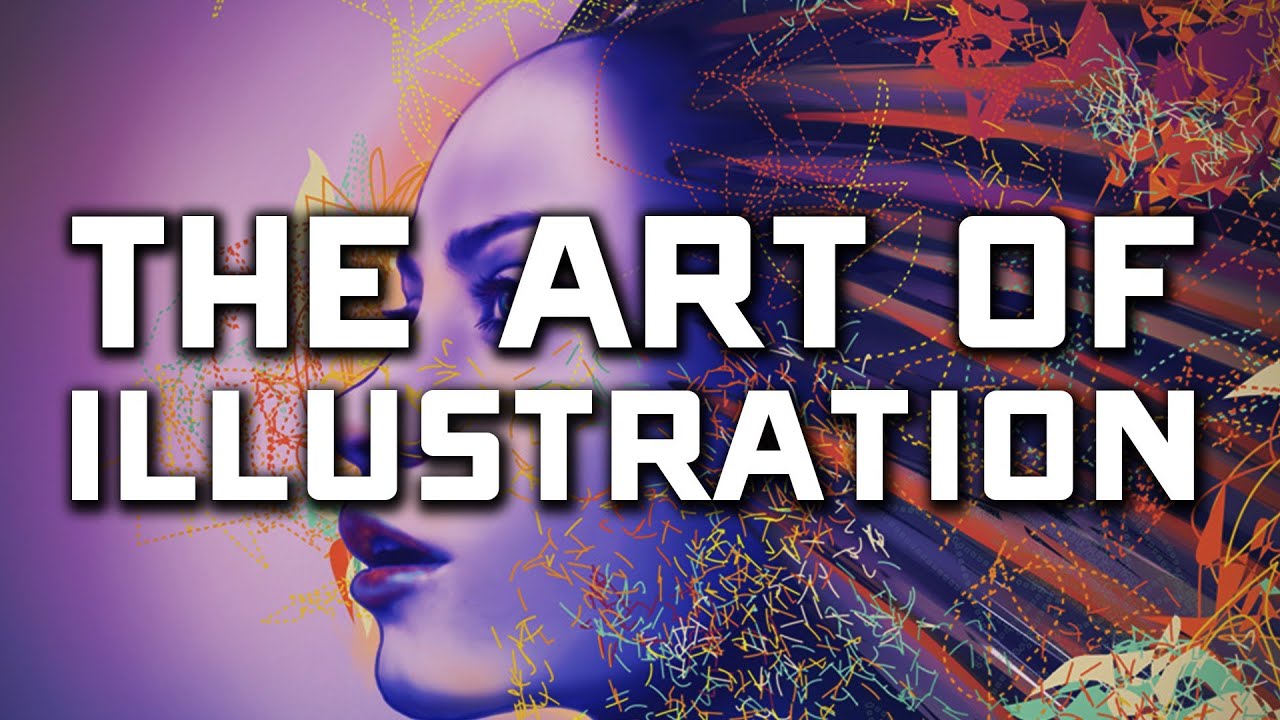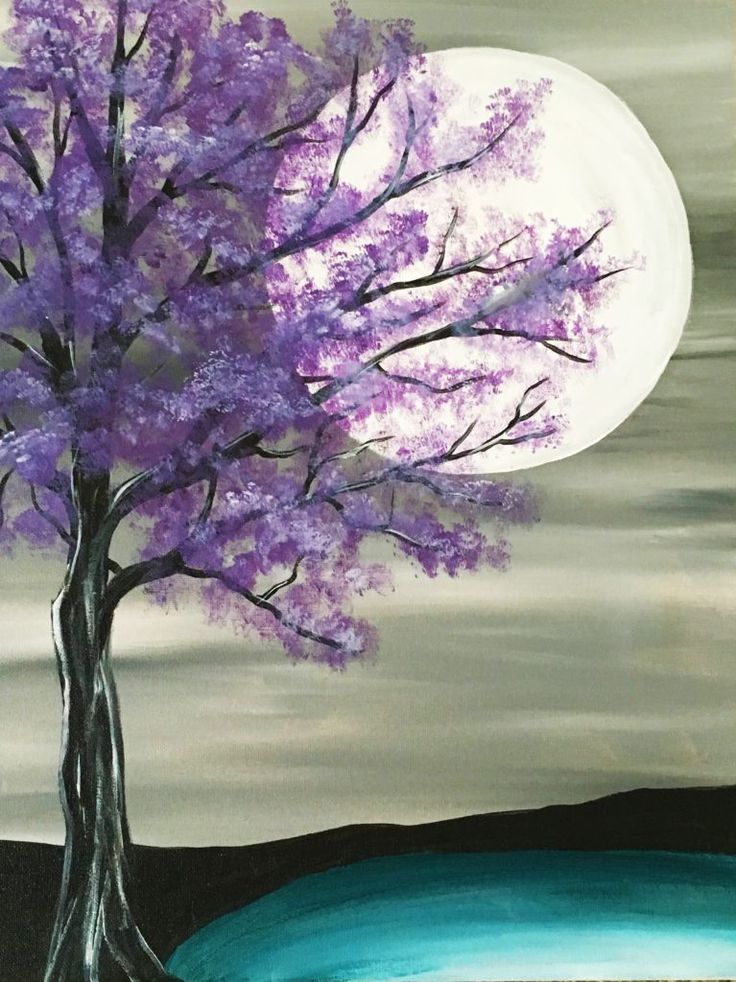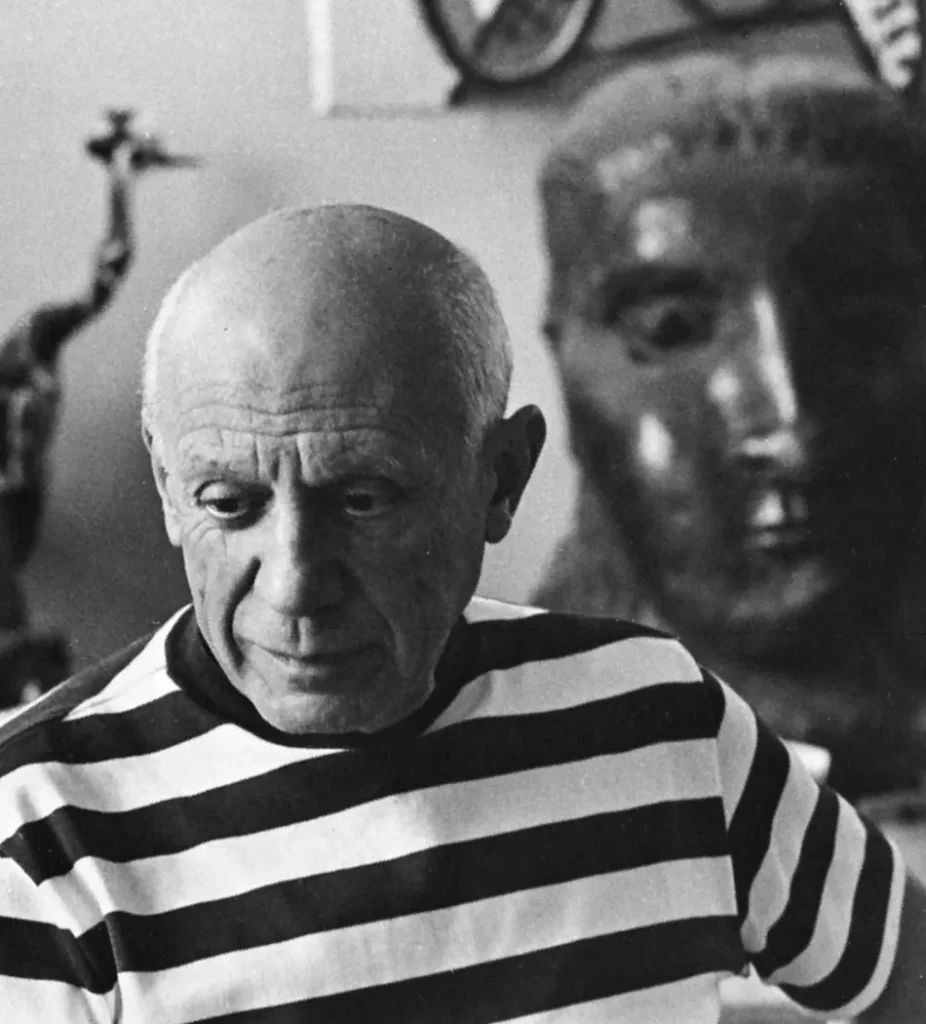
THE ART OF ILLUSTRATION
The art of illustration is a creative process where artists use visual imagery to clarify, decorate, or enhance written or spoken text. It spans a broad spectrum of styles and media, serving various purposes, from storytelling in books and magazines to advertising, scientific journals, and digital design. The key to effective illustration is its ability to communicate an idea, emotion, or narrative clearly and engagingly.




Tips for drawing and painting eyes

Creating expressive eyes in art can dramatically enhance the overall impact of your work. Here are some tips for drawing or painting eyes:
1 Study Anatomy
2 Capture Expression
3 Light and Reflection
4 Layer the Iris
5 Eyelashes
6 Texture
7 Realism vs. Stylization
8 Practice Different Angles

Sketching Art
To sketch realistic eyes, start with a horizontal almond shape for the eye opening. Draw a circle for the iris inside, partially hidden by the upper lid. Add a smaller circle for the pupil in the center. Sketch the upper eyelid curve thicker and more pronounced, with thinner lashes extending outward. Add a highlight in the iris for light reflection. Shade the iris with radial lines and gradually darken around the edges. Add light shading under the eyelid for depth, and fine lines.

Painting Art
To paint eyes, begin with the basic shape using a light skin tone. Paint the iris with layered colors, starting from dark around the edge and fading to a lighter shade near the pupil. Add a darker tone for the pupil and blend softly into the iris. Use fine highlights for reflections in the iris and pupil. Shade the white of the eye with subtle gray or skin tones for depth. Paint the eyelids and surrounding skin with soft blending, adding detail like lashes and creases. Finally, apply highlights on the eyeball and skin to create a lifelike effect.

Drawing Art
To draw eyes, start by sketching an almond shape for the eye socket. Inside, add a circle for the iris and a smaller circle for the pupil. Draw the upper and lower eyelids, ensuring the upper is thicker. Add the eyelid crease above the eye. Shade the iris with radiating lines, darkening the edges and adding a light reflection for realism. Lightly shade the white of the eye, adding shadows under the eyelid. Draw fine, curved lines for the eyelashes, varying their length. Finally, shade the skin around the eye to enhance depth and natural contours.

Acrylic Painting
- Medium: Acrylic paint (fast-drying, water-based)
- Characteristics: Versatile, vibrant colors, quick drying, and can be used on a variety of surfaces like canvas, wood, or paper.

Oil Painting
- Medium: Oil-based paints (usually linseed oil)
- Characteristics: Slow drying, rich textures, deep colors, and allows for layering and blending. Often used for realistic and highly detailed artworks.

Watercolor Painting
- Medium: Water-based paints
- Characteristics: Transparent and light, often used for delicate, ethereal effects. It’s harder to correct mistakes because of its transparency






Best Sketch Artist In The World...
Leonardo da Vinci
Known for his anatomical sketches, scientific drawings, and iconic works like the Vitruvian Man. Da Vinci's sketches are famous for their detail and accuracy, blending art and science.
Michelangelo Buonarroti
Another Renaissance master, Michelangelo’s sketches, particularly those of the human form, are revered for their dynamic energy and anatomical precision. His preparatory drawings for the Sistine Chapel are legendary.
Rembrandt van Rijn
A Dutch master, Rembrandt’s etchings and sketches capture subtle expressions, emotions, and play of light, making his work timeless.
Pablo Picasso
Picasso’s sketches showcase his versatility and range. His early works reveal traditional mastery, while his later works demonstrate the abstract forms for which he is best known.
J.C. Leyendecker
A 20th-century American illustrator whose draftsmanship was so elegant and detailed that he became one of the most influential commercial artists of his time.
Kim Jung Gi
A contemporary South Korean artist known for his incredible ability to sketch detailed scenes from memory without the need for references. He is considered a modern sketch genius, particularly in live-drawing sessions.


